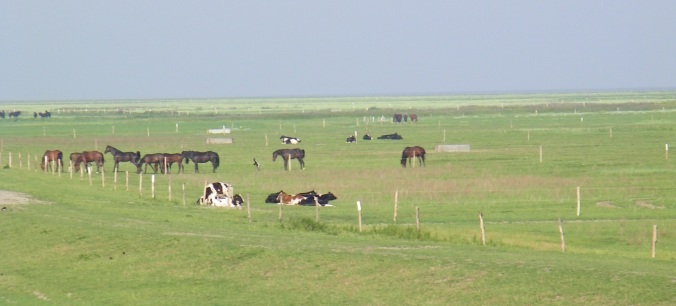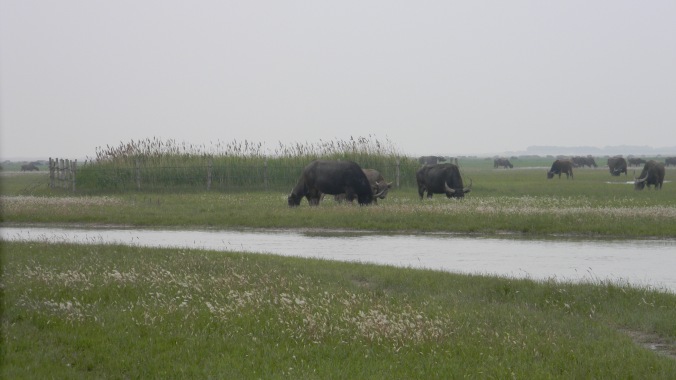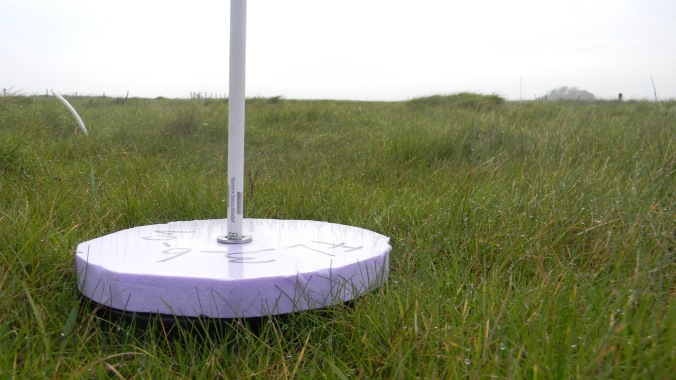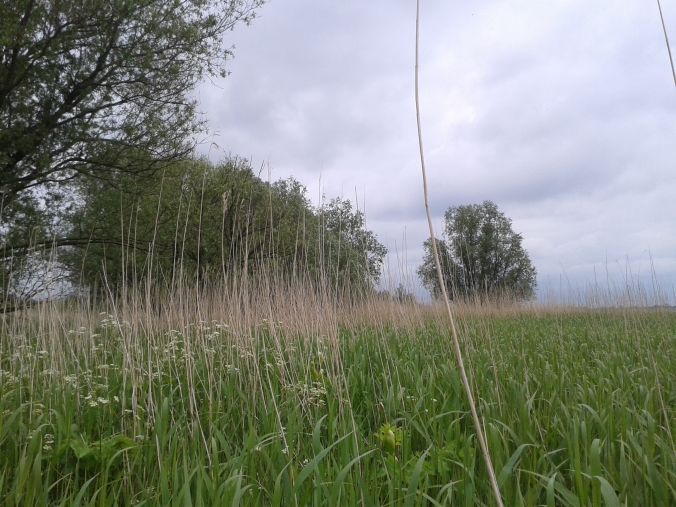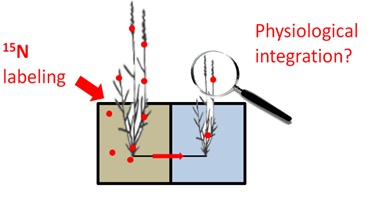A couple of months ago our team was joined by the new PhD-student Hao Tang from China. Hao did his Master at the Sichuan Agricultural University and studied how rice can be used to remove heavy metals from contaminated soil. He is now doing his PhD in Hamburg and spent the first few months over here to read a lot about salt marsh ecology. For his PhD-thesis he now picked the topic of carbon sequestration in salt marshes. He will build on the work of Peter Müller and focus on the effect of hydrology on carbon sequestration. In his first experiment he is going to transplant different salt marsh vegetation into mesocosms in our tidal basins at the university. He will then use different flooding treatments to simulate sea level rise and see how it affects plant, soil respiration and microbial activity. Furthermore, he is going to study how grazing affects soil hydrology and how this in turn affects carbon sequestration in different soil layers in the field.
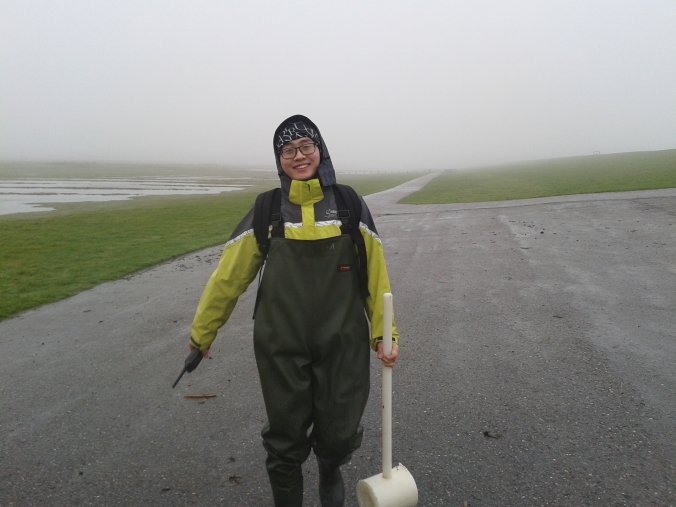
New PhD student Hao Tang on his first field trip to our study site
